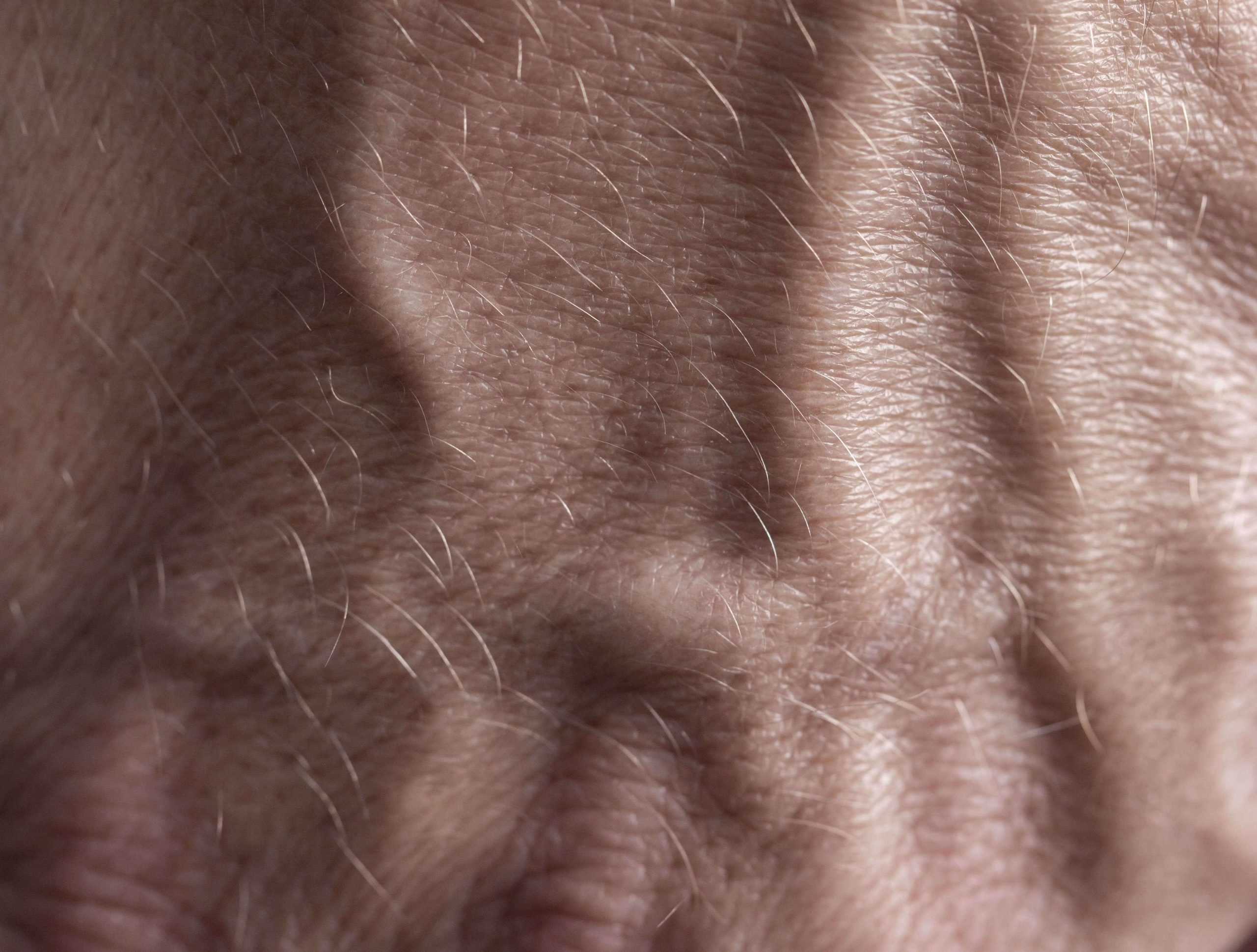When abnormal cells in the epidermis grow out of control, the diagnosis is skin cancer. Skin cancer is divided into three different types: melanoma, basal cell carcinoma, and squamous cell carcinoma. As skin cancer develops, skin cells multiply and start forming malignant tumors. Artificial and natural ultraviolet rays are the main causes of skin cancer. Doctors estimate that one out of every five people in the United States will develop some type of skin cancer by the time they reach age 70.
Melanoma is usually caused by regular and intense sun exposure that leads to sunburn. This can happen outdoors or in tanning beds. Melanoma is the most serious of the three types of skin cancer, but it can be cured if it’s diagnosed early. Melanomas typically look like moles, and they can happen anywhere on the body. Melanomas can be all different colors, shapes, and sizes, so it can be difficult to recognize one. Sometimes, a melanoma might grow out of an existing mole, or it could appear as a new discoloration on the skin. Melanomas might be flat or slightly raised, and they may have uneven borders. Colors can include black, brown, blue, tan, red, pink, or white.
Basal cell carcinoma involves uncontrolled growths that come out of basal cells in the epidermis, which is the outermost layer of the skin. Basal cell carcinoma might look like a red patch of skin, an open sore, a shiny bump, an indentation, or a pink growth. The most common places to find basal cell carcinoma include the back, shoulders, neck, scalp, ears, and face. This type of cancer comes from long-term exposure to the sun or tanning beds, and it’s the most prevalent type of skin cancer. It’s possible for basal cell carcinoma to spread locally or even out from the original lesion and into the body, but most often, this type of cancer isn’t fatal. Basal cell carcinoma grows slowly and usually causes minimal damage.
Squamous cell carcinoma is another type of uncontrolled growth of cells, this type coming from squamous cells in the epidermis. This type of cancer is commonly found on areas of the skin that are repeatedly exposed to the sun, including the backs of the hands, ears, face, neck, and scalp. Squamous cell cancer might look like a patch of scaly skin, small warts, a raised growth, or open sores. Skin that shows signs of sun damage is often where squamous cell carcinoma begins. This type of cancer is the second-most common type of skin cancer, just behind basal cell carcinoma. Squamous cell carcinoma can be especially dangerous because sometimes, the cells grow quickly and spread to other parts of the body.
Preventing skin cancer is possible, but it means being careful about exposure to ultraviolet rays. Staying out of the midday sun when the sun is the strongest is important. When going out in the sun is unavoidable, people should wear a broad-spectrum sunscreen that has an SPF of at least 30. Repeated application of sunscreen every two hours or after swimming or sweating is also necessary. Wearing clothing to completely cover the skin is another option. People should avoid both tanning and sunburn; both damage the skin. Monitor the skin for changes, and see a physician for a full skin examination regularly.

What Is Skin Cancer?
- Basic Information About Skin Cancer
- Skin Cancer Including Melanoma
- Skin Cancer Screening
- What Is Skin Cancer?
- Skin Cancer
Symptoms
- Melanoma Skin Cancer
- Warning Signs of Skin Cancer
- Skin Cancer Symptoms
- Non-Melanoma Skin Cancer: Symptoms
- FAQs About Skin Cancer and the Dark Side of the Sun
Sun Safety
- Sun Safety
- Tips for Sun Safety
- A Primer on Sun Safety
- Myths and Facts About Sun Safety
- The Ultimate Guide to Staying Safe in the Sun
Prevention
- Preventing Skin Cancer
- How to Prevent Skin Cancer
- Dermatologists Offer Tips on How to Prevent Skin Cancer
- Skin Cancer Prevention
- Prevent Skin Cancer
More Resources
- Cancer Myths: Young People Don’t Get Melanoma
- Clearing Up Myths About Skin Cancer in People of Color
- Summer Survival: Uncover the Truth About How to Protect Your Skin This Summer With Ten Myth-Busters
- Screening for Skin Cancer in Adults: An Updated Systematic Evidence Review for the U.S. Preventive Services Task Force
- About Skin Cancer
- Indoor Tanning: The Risks of Ultraviolet Rays
- Surgeon General Call to Action to Prevent Skin Cancer
- Indoor Tanning
- Save the Skin Your Child Is in: Help Prevent Skin Cancer

